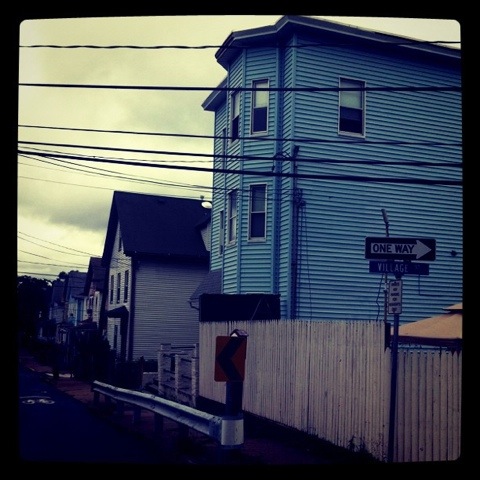The long time to come when I shall not exist has more effect on me than this short present time, which nevertheless seems endless.
– Marcus Tullius Cicero
Michael Gersen had a Thursday Washington Post piece dealing with the current Rick Perry/Michele Bachmann imbroglio around Bachmann’s erroneous assertions about the HPV vaccine.
Given the amount of reading from classes that’s filling my brain these days, I’m surprised the column made its way to my browser.
It wasn’t even about education.
Except it was a bit.
In his lede, Gersen mocks Bachmann’s medical and personal health expertise, writing he’d rather hear from “a blunt, part-time football coach — or whomever they draft into teaching health classes nowadays.”
I wish he hadn’t done that.
As a comedian, I wish Gersen hadn’t gone for the easy joke.
As a teacher, I wish Gersen thought about the negative unintended consequences for his direct or indirect audiences when arguing Bachmann’s rhetoric could have negative unintended consequences for her direct or indirect audiences.
Sure, the current national tenor in talking about teachers hasn’t exactly raised the bar of respect for those in the classroom.
The effects of words like Gersen’s can ripple in several directions. but two possible ripples (I’ll call them the ripples of greatest velocity) concern me the most.
In the first place, one liners or quips of the sort common from anyone looking to rough teachers up for their lunch money work to lower public expectations of teachers. In this instance, it was those people who choose to coach children or teach them the habits and mindsets of healthy citizens whose worth by perception was chipped away.
In a quick move, Gersen added his voice to those allotting permission and acceptance to the idea that any idiot can teach and those who do are the ones we trot out when we want to exemplify people we expect to know the least.
I have a rather low tolerance for ignorance, and some of the most thoughtful, intelligent people with whom I surround myself are teachers.
I doubt I’m alone in that.
Still, any time we orchestrate jokes featuring teachers as their butts, we work at cross purposes with making certain each teacher in the classroom is the best person we can get. Few people will be drawn to the job from which the public expects little. Few of the right people anyway.
If we are to stand behind the research showing an effective teacher as the most impactful factor in a student’s education, perhaps we should start treating teachers with the respect proportional to that impact.
The second ripple of Gersen’s remark, and those of the same ilk, that gives cause for concern is the erosion of good faith of the teachers doing the work Gersen implies is both simple and easy.
I’ve stood before an assembled class of high school students and facilitated discussions of sexual content in the texts we were examining. That alone was a mine field of possible pedagogical missteps requiring constant awareness and dedication.
I can only imagine the awkwardness, resistance, frustration and discomfort inherent in engaging a room of adolescents in a frank discussion of their sexual health.
Put to health teachers next to one another and I want the one who’s been repeatedly made aware we expect the highest standards of care and knowledge as she works to prepare the students in her charge for the increasingly complex interpersonal world they’ll come to know. Give me that any day over the teacher who reads continual negations of the importance of her knowledge and professionalism. The teacher who has come to realize America’s not expecting much from her as a practitioner and caregiver.
The thing that happens to the latter teacher – the we should all worry about as the ripple effects of remarks like Gersen’s – isn’t that the teacher will leave the profession.
No, we should worry that she’ll listen and realize we’re not expecting much.
Then, it’s no long walk to not expecting much from herself.
